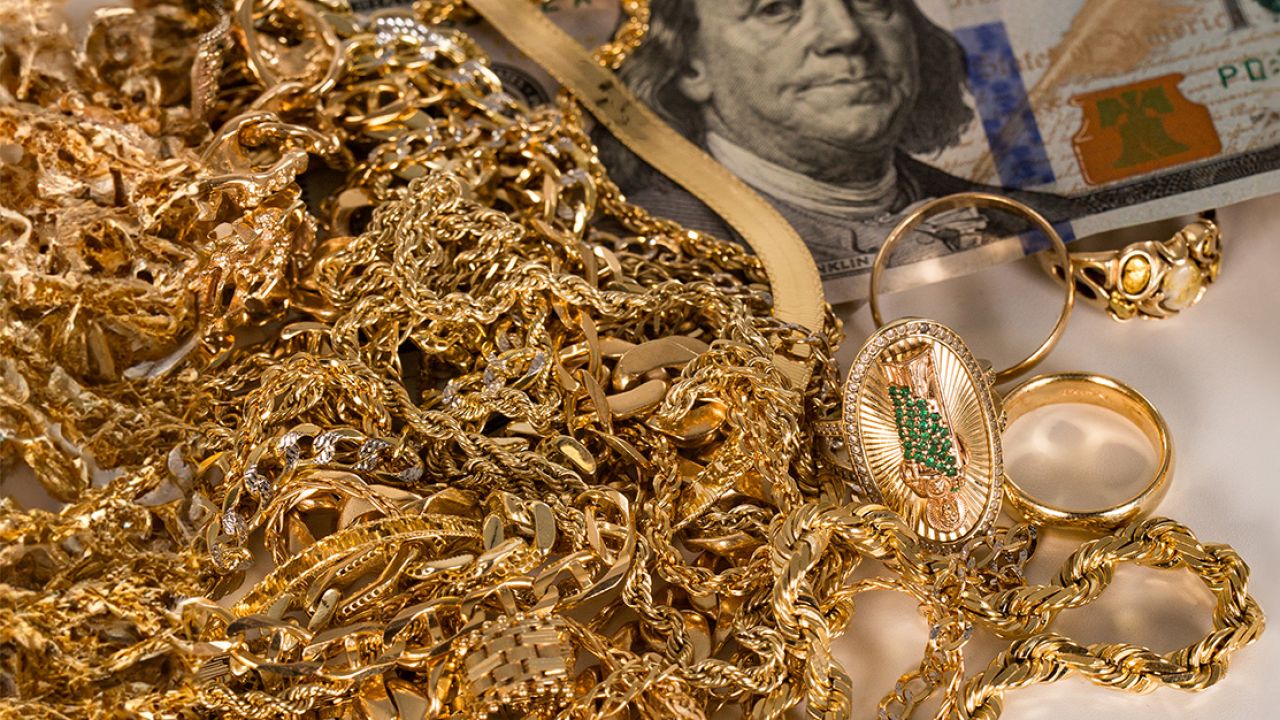The Golden Elixir: The Timeless Allure and Culinary Magic of Butter

In the realm of culinary delights, few ingredients boast the versatility, richness, and timeless allure of butter. From its humble origins as a staple in ancient cultures to its revered status in haute cuisine, butter has carved its way into the heart of gastronomy, captivating chefs and food enthusiasts alike. Let’s embark on a journey to explore the multifaceted world of butter – a golden elixir that transcends Galafest.org cultural boundaries and elevates the art of cooking to new heights.
A Brief History: From Pasture to Plate
Butter’s story is as ancient as civilization itself. Dating back to 2000 BC, its origins can be traced to various parts of the world, from the Middle East to the lush pastures of Europe. Over the centuries, different cultures developed unique methods of churning cream into this delectable spread, creating regional variations that would later become integral to local cuisines.
The Art of Churning: Crafting Liquid Gold
At its core, butter is a simple creation – a process involving churning cream until the fat molecules come together to form a solid. Yet, within this simplicity lies an artistry that transforms cream into liquid gold. Traditional churning methods, such as the wooden churns of yesteryears or the modern machinery of today, all contribute to the distinctive textures and flavors that define various butter varieties.
From Croissants to Curry: Butter in Culinary Alchemy
Beyond its use as a spread on bread, butter is a culinary alchemist’s secret weapon. In baking, it lends a flaky and tender texture to pastries, making croissants and pie crusts irresistible. In savory dishes, it enhances flavors, adding richness to sauces, velvety smoothness to mashed potatoes, and a glossy Peaceforfoods.com finish to sautéed vegetables. From French cuisine to Indian curry houses, butter transcends cultural boundaries, proving its versatility in kitchens worldwide.
The Science of Flavor: Unraveling Butter’s Complexity
The science behind butter’s flavor profile is a symphony of compounds that dance on the taste buds. Diacetyl gives it a hint of sweetness, while fatty acids contribute to its richness. The terroir of the land where the cows graze, the breed of the cows, and the diet they consume – all play a role in shaping the nuanced flavors of butter. As artisanal and local butters gain popularity, consumers are rediscovering the joy of savoring the unique terroir-infused notes in each bite.
Cultural Icons: Butter in Art and Literature
Butter’s influence extends beyond the kitchen, making its mark in art and literature. From Dutch still-life paintings capturing the opulence of the Golden Age to literature celebrating the pastoral beauty of dairy farms, butter is a symbol of abundance and prosperity. Its presence in cultural narratives reflects the significance of this golden elixir in shaping societies throughout history.
The Butter Renaissance: Rediscovering Tradition in Modern Cuisine
In recent years, there has been a butter renaissance, with chefs and home cooks alike rediscovering the joys of traditional butter-making techniques. Artisanal butters, crafted with care and attention to detail, are making their way into kitchens, elevating everyday dishes to gourmet experiences. The appreciation for quality over quantity is reshaping the way we perceive and savor this culinary treasure.
Conclusion: Butter’s Enduring Legacy
As we conclude our exploration of butter’s enchanting world, it becomes clear that this golden elixir is more than just a condiment; it is a cultural phenomenon, a culinary cornerstone, and a symbol of indulgence. From the simplicity of its creation to the complexity of its flavor, butter has stood the test of time, weaving its way into the tapestry of human history. So, the next time you spread a pat of butter on warm bread or watch it melt into a sauce, remember that you are not just indulging in a culinary delight – you are participating in a tradition that spans millennia, celebrating the magic of butter.





